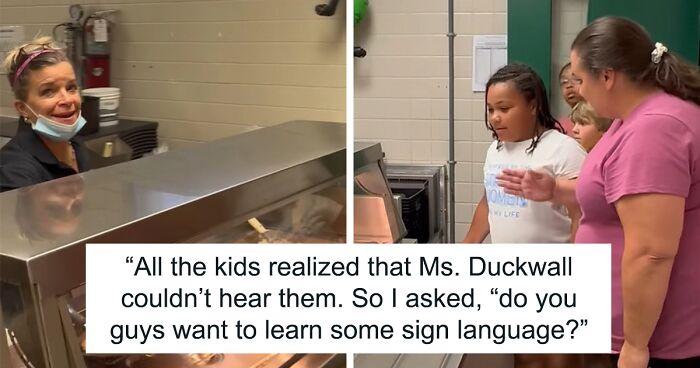
Teacher Notices Students Struggling To Communicate With Deaf Cafeteria Worker, Decides To Teach Them Sign Language
InterviewHow awesome would it be to speak each and every language out there? To be able to just jump on a plane with no fear of miscommunication, getting lost, or being utterly confused—to be fair, knowing how to speak all languages would not aid much in that, but it would certainly not hinder!
However, there is one language that seems to be ignored by many, although approximately more than a half-million people throughout the US speak it, with many more having to learn it throughout their lives. We’re of course talking about ASL, short for American Sign Language.
One school teacher decided to teach her students some basic sign language so that they could better communicate with their lunch lady, who’s hard of hearing. The teacher, Kari Maskelony, was kind enough to answer some of Bored Panda’s questions about the situation, especially as the sweet video of the kids doing their best to sign went viral. Let’s have a closer look!
More info: Facebook | Nansemond Parkway Elementary School
Nansemond Parkway Elementary School in Suffolk, Virginia, has embraced sign language, with all of its students learning to communicate the very basics
Image credits: Nansemond Parkway Elementary School
As people, all we want is to belong. Whether it be to our community, our schoolmates, our religious faction, our family, etc. That is made far more difficult when we don’t speak the language of said community, and they don’t speak ours.
Many of those with hearing disabilities go through such struggles on a daily basis, leading to isolation and an inadvertent separation from the community they occupy. However, Nansemond Parkway Elementary School in Suffolk, Virginia, has taken the first steps to bridging the gap between the deaf and the hearing.
The school’s food nutrition service worker, named Leisa Duckwall, had been working at the school for over four years, serving students breakfast and lunch. For over four years, she’d not been able to effectively communicate with the students, as the languages they spoke differed with her being deaf.
Never a “hello,” “good morning” or “thank you” was spoken in her language, as reported by the Virginian-Pilot. Until this year, when things changed.
It all started with one teacher, Kari Maskelony, who noticed the students struggling to communicate with the food service worker, Leisa Duckwall, who is deaf
Image credits: Nansemond Parkway Elementary School
All thanks go to one teacher, named Kari Maskelony. She told Bored Panda that she’s been teaching for over 20 years. “I have wanted to be a teacher for as long as I can remember,” she said. “I teach for the ‘aha!’ moments when a child has worked hard to understand and finally masters what they are working on!”
Kari herself was brought up in a home with hearing loss, with many of her friends being hard of hearing. Throughout the years she observed the sadness and frustration of her loved ones when others were unable to communicate with them.
“I noticed that all the kids realized that Ms. Duckwall couldn’t hear them. But they were all pointing to what they wanted, and then, she would have to point and have them say yes or no,” Kari said. One day she approached Leisa in the cafeteria, striking up a conversation in sign. They noticed the kids had stopped eating, watching the pair in interest.
Like a lightbulb, an idea popped into Kari’s mind. The very next day she asked her students, “Do you guys want to learn how to sign to her what you want for lunch instead of pointing?” Everyone in the class agreed.
Kari herself was brought up in a home with hearing loss and observed the sadness and frustration of her loved ones when others were unable to communicate with them
Image credits: Nansemond Parkway Elementary School
She began teaching them the bare basics of what it would take for them to effectively communicate their wishes. They learned the sign language for food items, such as chicken and fish, as well as the letters of common side dishes. So, a student would sign the letter “R” if they desired a side of rice. If they preferred carrots, they would sign “C.”
What started in one fourth-grade classroom ended up spreading throughout the school, as the school principal Janet Wright-Davis soon noticed the exchange happening. “We now have the entire school learning one sign a week,” Kari said excitedly. “We teach the morning announcement news crew a new sign every Monday and they practice it every day.”
Some students have become devoted to learning sign language fully, however, the important thing is that all of the students coming in and out of the school will have some semblance of this beautiful, underappreciated language.
She approached Leisa in the cafeteria, striking up a conversation in sign, but they soon noticed the students watching them in awe. Thus, Kari was struck with an idea
Image credits: Nansemond Parkway Elementary School
“I am not sure why teaching sign language is not the norm,” Kari continued to say. “Some teachers use signals for things and just do not know the real signs for it. It is not hard to learn to sign and I think it should be accessible for everyone to learn. I also think there should be initiatives to teach sign for those workplaces that have hard of hearing employees.”
This little change has opened up multiple doors towards a more connected and understanding school body, which celebrates differences, rather than being divided by them. It has surely made Leisa incredibly happy to see the students’ efforts! “When they walked in and started signing they were so confident and proud and most noticed how happy [Leisa] was that they were talking in her language!” Kari said.
“I am so proud of my students. It has really helped with our classroom community!”
Kari asked her students if they wanted to learn some sign language, and they all agreed. From food items to letters, it was the start of something special
Image credits: DrJanetWright
American Sign Language (ASL) is a complete, complex language that employs signs made by moving the hands, combined with facial expressions and postures of the body. It is the primary language of many North Americans who are deaf or hard of hearing; however, not enough hearing people can speak it, leading to the isolation of a group of people.
Not only will learning ASL open the pathways to easier communication, it will also allow one to learn about the culture and the people, building a sense of understanding and tolerance. It might also reduce the prejudice deaf people face, as education is the first step towards a brighter future.
What started in one fourth-grade classroom ended up spreading throughout the school, with some students becoming devoted to learning sign language
Image credits: SHVETS production (not the actual photo)
Dr. Tisha Shipley believes that the easiest way for teachers to start incorporating sign language is by signing letters as you teach them (sound and writing) and singing songs that are traditionally sung in the classroom. In addition to that, teachers can sign words used during snack time, as well as numbers, feelings, months of the year, days of the week, names, and numbers.
Literally anything one learns in their own language, they learn in the other. Easy! Ever heard the expression, ‘children are like sponges?’ Kids seem to have the unique ability to absorb, comprehend, and use the information that is set out in front of them.
The push to include sign language as a potential learning option is an attractive idea, especially as this would allow deaf students to learn and practice their sign language alongside their classmates and teachers. This would lead to feelings of inclusion and the potential for friendships to be formed between all.
Not only is it great for kids to learn new skills, but this also builds towards inclusivity. Kari hopes that this will inspire other schools to include sign language
Image credits: Kevin Malik (not the actual photo)
“The lesson from all of this is that everyone should be included no matter what! We should all learn how to include each other despite how we are different! ” Kari said. She hopes that this will inspire other schools to introduce sign language as a viable option alongside other languages.
We wish all the students and their teachers, as well as all the food service workers, all the best for the future and hope that they get to have lots of fun conversations in sign language!
You can watch the full video here
Let us know your thoughts on this—would you have chosen to learn sign language as a child? Would you like your kids to learn it at school? Goodbye for now!
This initiative has melted hearts online. Let us know your thoughts in the comments, and tell us whether you’d be willing to learn sign language
80Kviews
Share on FacebookI’m planing on learning ASL before presuing law so that I can have deaf clients easily and give the community better access to lawyers.
Great teacher. I used to work with the deaf in Sydney, Australia about 37 years ago. This last week I encountered a deaf man installing new tiles in my building. My signing was rusty but it was a joy to be able to communicate. Points for the teacher.
Take heart, Pandas - there are still good people in the world, and we, as individuals, CAN make differences! :D
I’m planing on learning ASL before presuing law so that I can have deaf clients easily and give the community better access to lawyers.
Great teacher. I used to work with the deaf in Sydney, Australia about 37 years ago. This last week I encountered a deaf man installing new tiles in my building. My signing was rusty but it was a joy to be able to communicate. Points for the teacher.
Take heart, Pandas - there are still good people in the world, and we, as individuals, CAN make differences! :D

 Dark Mode
Dark Mode 

 No fees, cancel anytime
No fees, cancel anytime 






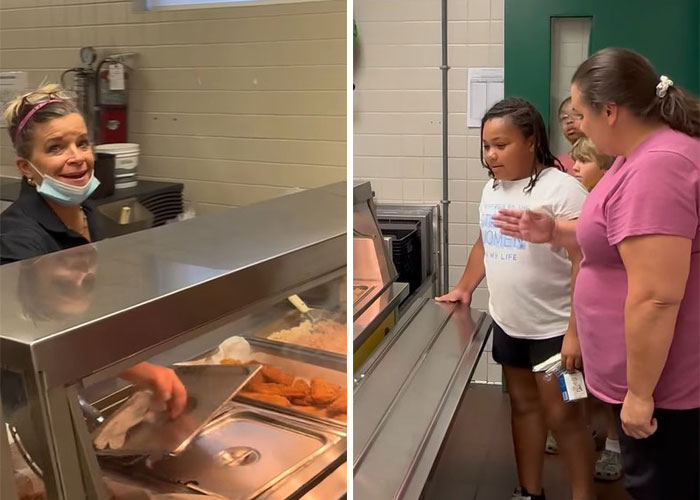
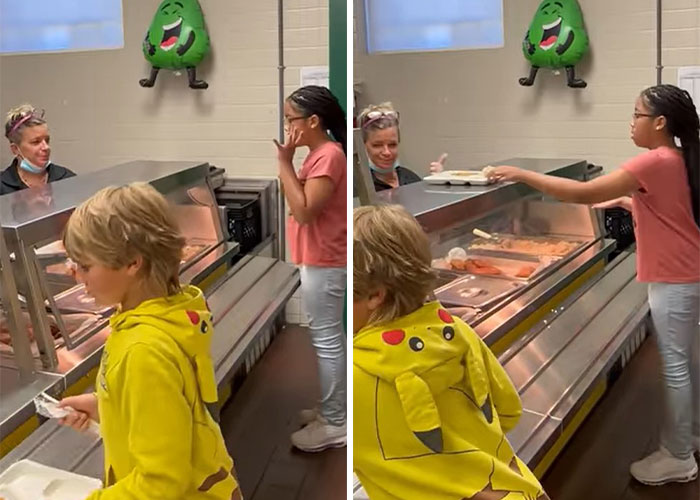
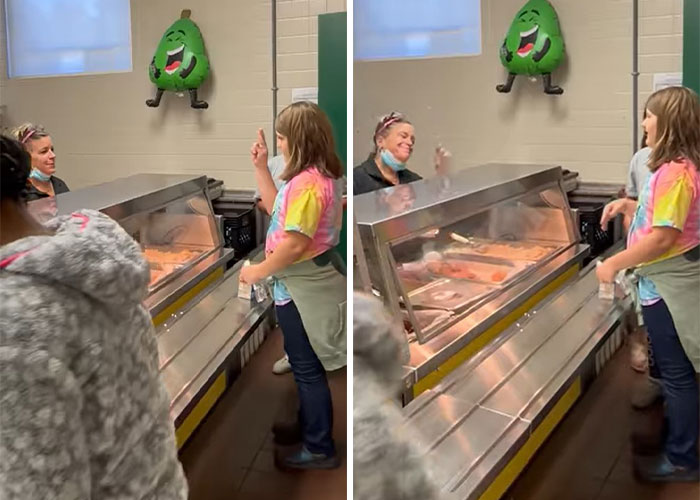
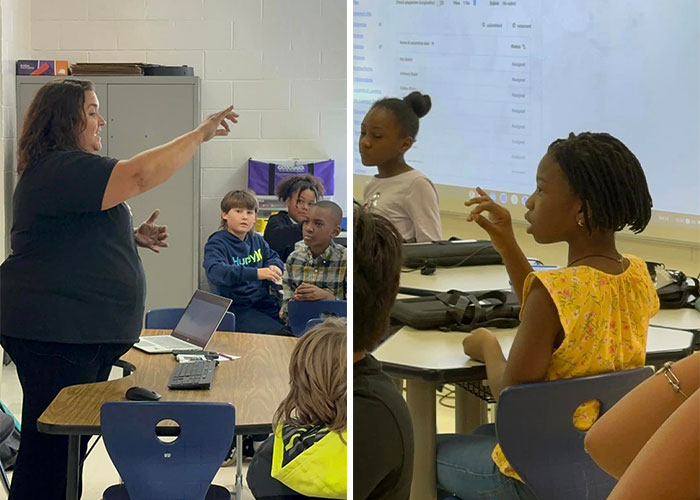
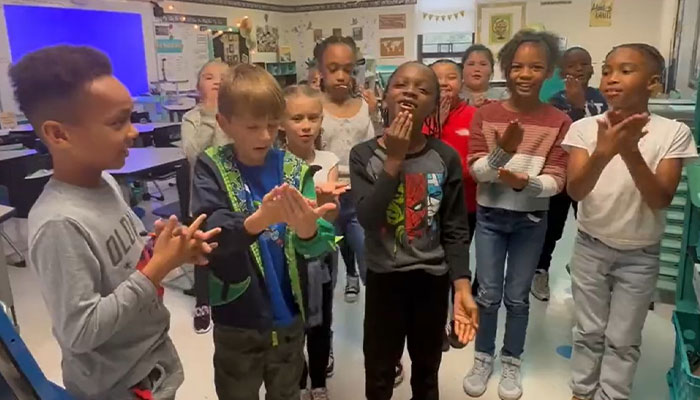



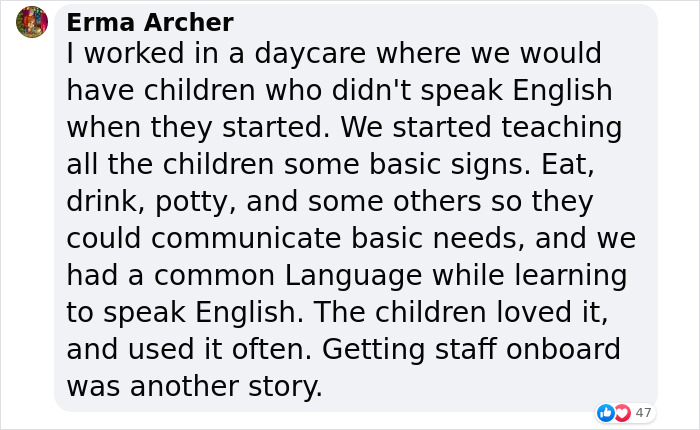
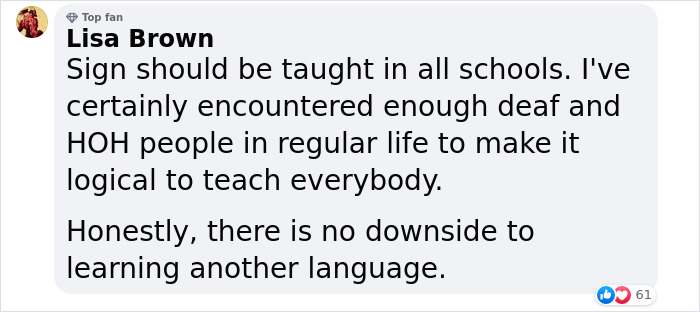



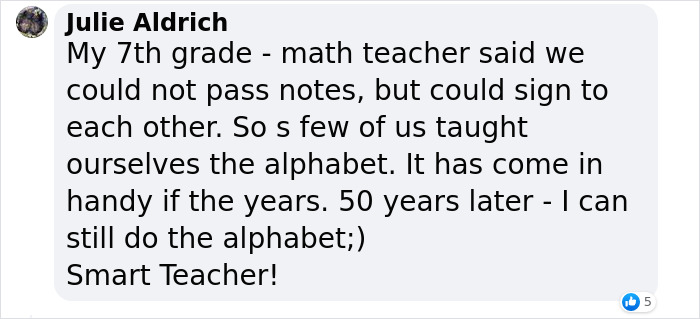
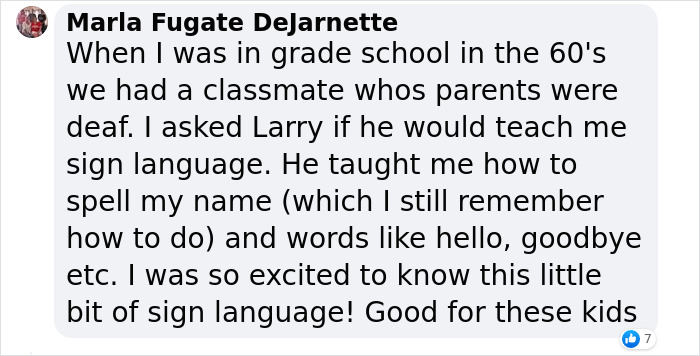



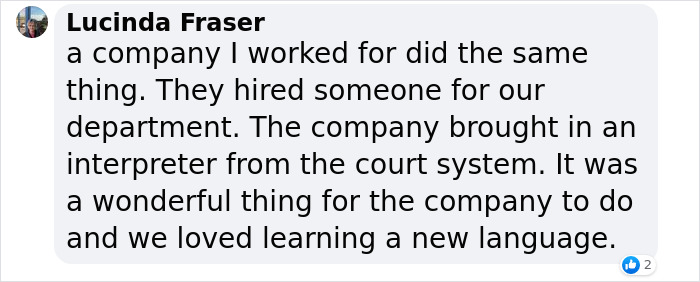












































163
17